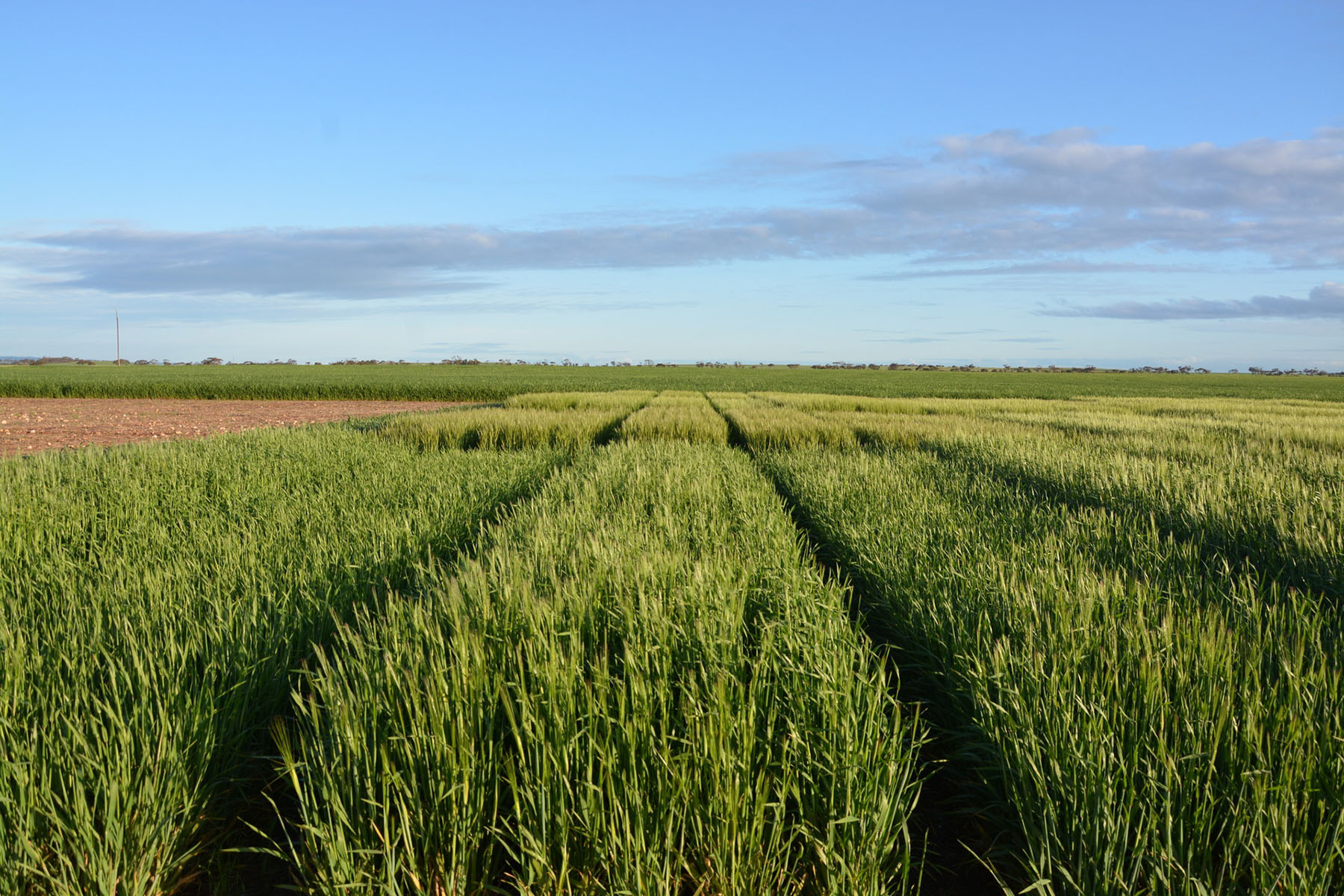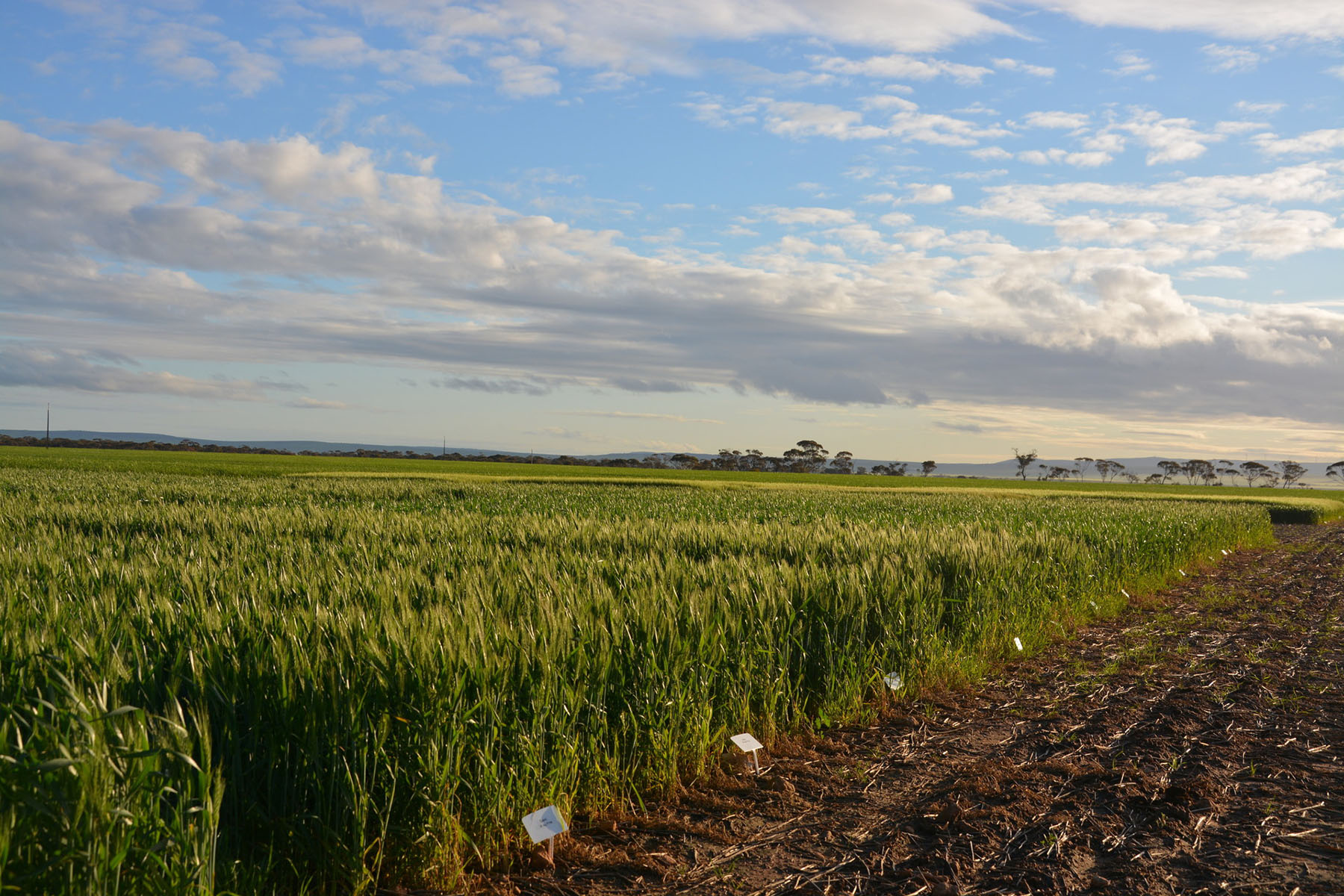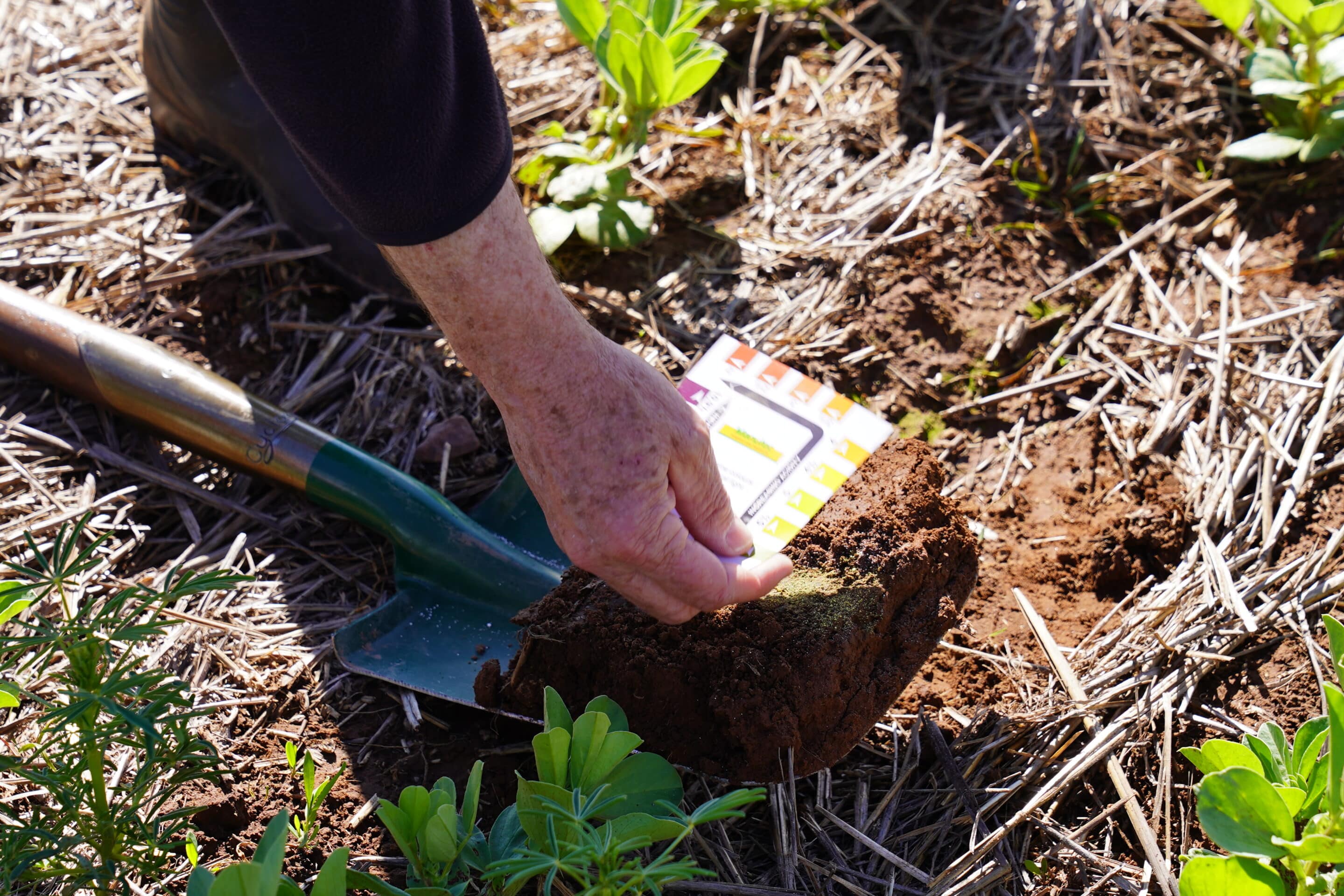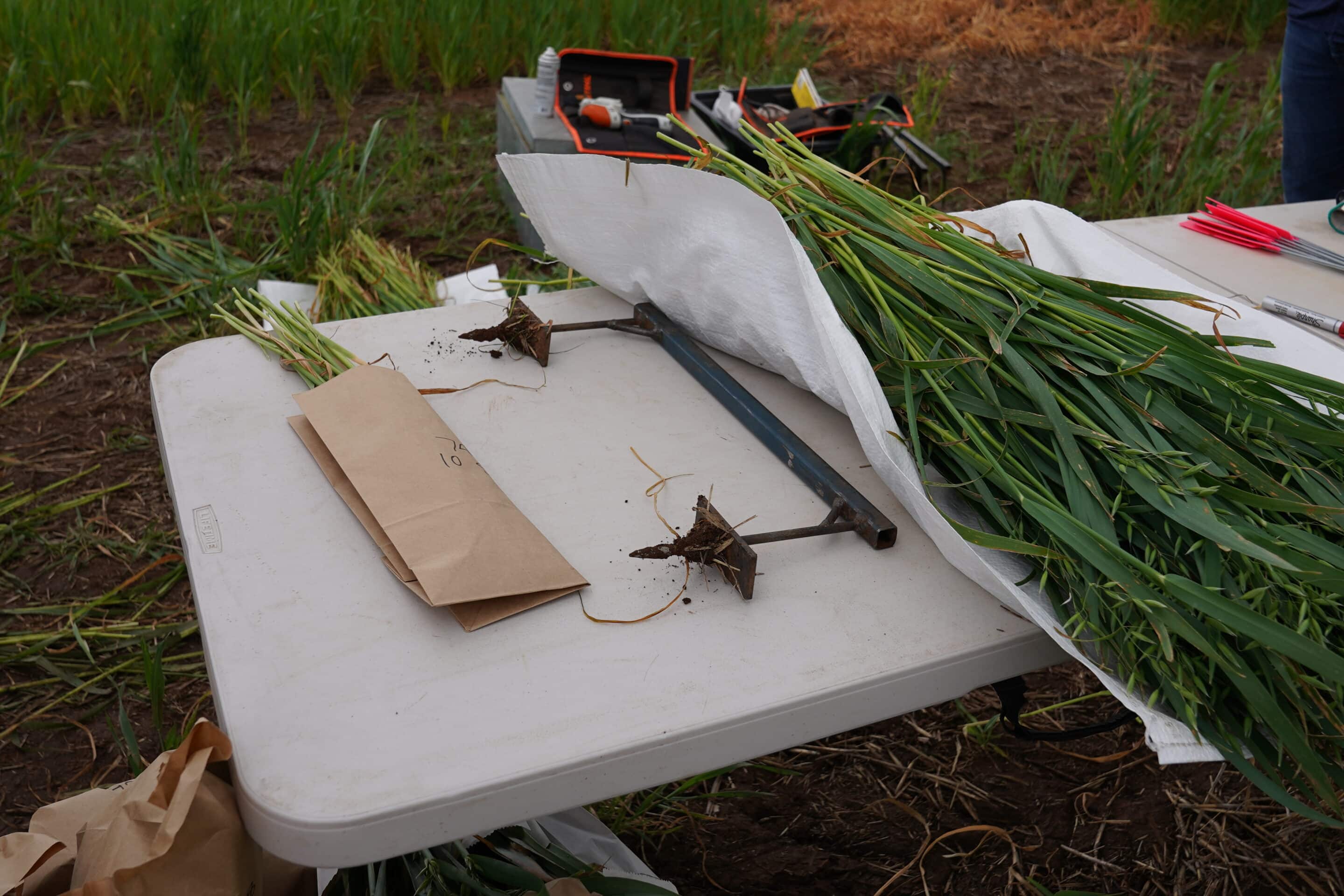START
FINISH

Summary
Glasshouse trials conducted between October and December 2016 tested the efficiency of six nitrogen products in producing wheat biomass, plant nitrogen uptake and effects on soil N pools using three contrasting soil types.
For two of the three soils, yield increases associated with N products mono-ammonium phosphate (MAP), sulphate of ammonia (SOA) and urea ammonium nitrate (UAN) proved more effective than the widely-used urea product. This is an economically significant result for growers to consider as a part of their input program, but further research is needed under field conditions to confirm the results.
Background
A large number of growers rely on urea, sometimes blended and banded with MAP, to provide their crop N requirements.
In terms of maximising on-farm profitability, margins gained through budget savings from efficient N input use can make a significant difference to the bottom line.
Research Aims
This project aimed to assess the effectiveness of different fertiliser N products in delivering plant-available nitrogen forms on predominantly lighter textured soils.
In order to fulfil the project objective, research was conducted to:
• Assess the pools of mineral/inorganic N of nitrate (NO3) and ammonium (NH4) derived from different N forms/fertiliser products at intervals during crop growth in contrasting soil types, and
• Determine the availability and efficiency of different N fertiliser forms for plant uptake.
In The Field
Soil samples were collected from near Loxton, Karoonda and Condowie for the glasshouse trial where 1.5 kilograms of soil (per pot) was maintained at 30 per cent and 70 per cent water holding capacity (WHC) to represent dry and wet sowing conditions.
Nitrogen was applied at a rate of 20 milligrams per kilogram at 5 centimetres below the surface to replicate banding. Five wheat (cv. Mace) seedlings were sown at 2 cm and thinned to two plants at the two-leaf stage.
Temperature was controlled throughout the experiment to mirror daily seasonal conditions. At harvest, plant tops were analysed for dry weight and N content. Root weights and N contents were also obtained through root washing and mineral N values from the pots were analysed from sub samples.
Results
Under glasshouse conditions, N application as urea was not as efficient as other N products in increasing biomass.
This was potentially due to induced micronutrient deficiencies through localised increases in soil pH, effectively creating initial hostile conditions for root nutrient uptake.
This was particularly the case in the Karoonda and Condowie soil types.
In terms of dry weight results, the yield increased with N application across all soil types and as expected in the higher WHC treatment.
The yield increase associated with MAP, SOA and UAN over urea was economically significant at the harvested crop stage (GS33).
Project Participants
Agronomy Solutions: Sean Mason
The Problem
Growers are always striving for nitrogen efficiency for both plant growth and budget improvements in challenging sandy soil types.
The research
Glasshouse trials using two sandy and one calcareous soil from three South Australian locations tested nitrogen product efficiency at two different soil moisture levels for wheat biomass production.
More information
Sean Mason, Agronomy Solutions
T: 0422 066 635
E: [email protected]
Value for Growers
This information is vital for growers that apply most of the crop N requirements upfront in the form of urea.
Quite often N application rates are greater than 20kg N/ha (as applied in this experiment) which could potentially induce localised areas of micronutrient deficiencies.
Work is now being performed under SAGIT funded project AS317 Efficiency of fertilizer N products on Calcareous and sandy soil types to validate these results under field conditions.
Two-year response trials assessing four different N products at two application timings for their effectiveness in promoting growth responses are under way on sandy and calcareous soils as a result of this funding.




